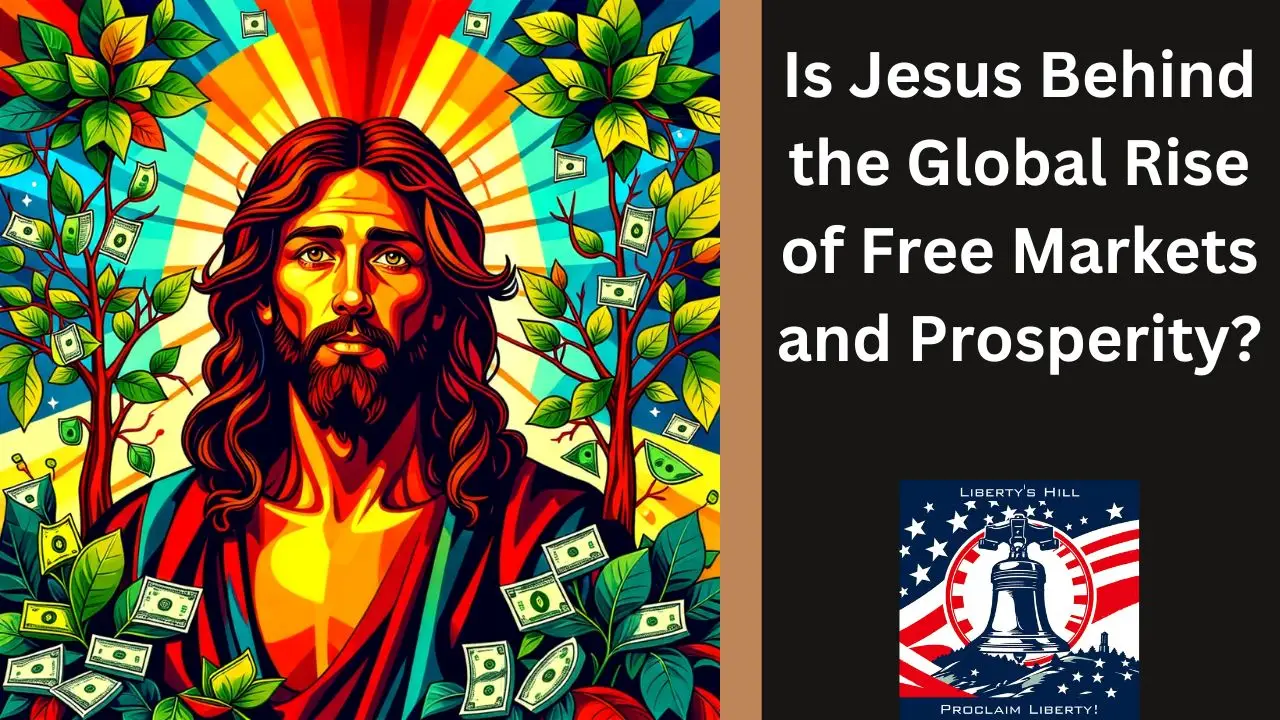Cultural relevance is a multifaceted challenge that organizations, brands, and individuals face in an increasingly interconnected world. As societies evolve, the values, beliefs, and practices that define them also shift, creating a dynamic landscape where what was once considered relevant may quickly become outdated. This phenomenon is particularly pronounced in the realms of marketing, entertainment, and social advocacy, where the need to resonate with diverse audiences is paramount.
For instance, brands that fail to adapt their messaging to reflect contemporary cultural narratives risk alienating potential customers. A notable example is the backlash faced by companies that have been slow to address issues such as racial equality or environmental sustainability, leading to public outcry and diminished brand loyalty. Moreover, the challenge of cultural relevance extends beyond mere marketing strategies; it encompasses a deeper understanding of the societal context in which one operates.
Organizations must engage in active listening and research to grasp the nuances of cultural shifts. This involves not only recognizing emerging trends but also understanding the historical context that shapes current sentiments. For example, the rise of social media has amplified voices that were previously marginalized, demanding that brands not only acknowledge these perspectives but also integrate them into their core messaging.
Failure to do so can result in accusations of insensitivity or tone-deafness, which can have lasting repercussions on a brand’s reputation.
Key Takeaways
- Cultural relevance is essential for connecting with diverse audiences and staying current in a rapidly changing world.
- Staying true to core beliefs is important for maintaining authenticity and trust with your audience, even as you adapt to cultural shifts.
- Finding the balance between tradition and innovation allows for honoring heritage while also embracing progress and change.
- Addressing changing social norms requires sensitivity and adaptability to ensure that your message remains relevant and inclusive.
- Reaching different generations involves understanding and catering to the unique values and preferences of each age group.
The Importance of Staying True to Core Beliefs
While adapting to cultural shifts is essential, it is equally important for organizations to remain anchored in their core beliefs. Authenticity has become a critical currency in today’s marketplace; consumers are increasingly drawn to brands that demonstrate a genuine commitment to their values rather than those that merely pay lip service to social issues. For instance, Patagonia has built its brand identity around environmental activism and sustainability.
This commitment is not just a marketing tactic; it is woven into the very fabric of the company’s operations, from sourcing materials to advocating for policy changes. As a result, Patagonia has cultivated a loyal customer base that appreciates its unwavering dedication to its principles. Staying true to core beliefs also fosters trust and credibility among stakeholders.
When organizations consistently align their actions with their stated values, they create a sense of reliability that resonates with consumers. This trust is particularly crucial in times of crisis or controversy when public scrutiny is heightened. For example, during the COVID-19 pandemic, many companies faced pressure to pivot their operations or messaging.
Those that remained steadfast in their core beliefs while adapting to the new reality—such as supporting employees and communities—were often rewarded with increased loyalty and support from consumers who valued their integrity.
The Balance Between Tradition and Innovation

Navigating the delicate balance between tradition and innovation is another significant challenge for organizations striving for cultural relevance. Tradition provides a sense of identity and continuity, while innovation drives progress and adaptation. Striking this balance requires a nuanced approach that honors the past while embracing the future.
For instance, many heritage brands have successfully modernized their offerings without losing sight of their historical roots. A prime example is Coca-Cola, which has maintained its classic branding while continuously innovating its product line to include healthier options and new flavors that cater to changing consumer preferences. However, this balancing act is not without its pitfalls.
Organizations that cling too tightly to tradition may find themselves outpaced by more agile competitors who are willing to take risks and experiment with new ideas. Conversely, those that prioritize innovation at the expense of their heritage may alienate loyal customers who value the brand’s history and legacy. A case in point is the fashion industry, where brands like Burberry have faced criticism for straying too far from their classic designs in pursuit of trendy aesthetics.
The key lies in finding a harmonious blend that respects tradition while allowing for creative exploration.
Addressing Changing Social Norms
As societal values evolve, organizations must be prepared to address changing social norms proactively. This requires a keen awareness of the cultural landscape and an understanding of how these shifts impact consumer behavior and expectations. For instance, the growing emphasis on mental health awareness has prompted many brands to incorporate messages of support and understanding into their marketing campaigns.
Companies like Dove have successfully navigated this terrain by promoting body positivity and self-acceptance, aligning their messaging with broader societal conversations about beauty standards. Moreover, addressing changing social norms often involves engaging in difficult conversations about privilege, equity, and justice. Organizations must be willing to confront uncomfortable truths about their own practices and policies while actively seeking ways to promote inclusivity and representation.
This can manifest in various forms, such as diversifying leadership teams or reevaluating supply chain practices to ensure ethical sourcing. By taking these steps, organizations not only demonstrate their commitment to social responsibility but also position themselves as leaders in fostering positive change within their industries.
Reaching Different Generations
In an era marked by generational diversity, effectively reaching different age groups presents both challenges and opportunities for organizations. Each generation—be it Baby Boomers, Generation X, Millennials, or Generation Z—has distinct values, preferences, and communication styles that influence how they engage with brands. For example, Millennials are often characterized by their desire for authenticity and social responsibility, while Generation Z tends to prioritize inclusivity and digital engagement.
Understanding these nuances is crucial for crafting targeted marketing strategies that resonate with each demographic. To successfully engage multiple generations, organizations must adopt a multi-faceted approach that leverages various channels and messaging styles. For instance, while traditional advertising methods may still appeal to older generations, younger audiences are more likely to respond to social media campaigns or influencer partnerships.
Brands like Nike have effectively utilized this strategy by creating campaigns that speak directly to the values of younger consumers while maintaining a strong presence across traditional media platforms for older demographics. By tailoring their messaging and outreach efforts, organizations can foster connections with diverse audiences and build lasting relationships.
Embracing Diversity and Inclusivity

The Power of Diversity in the Workplace
A diverse workforce brings together individuals with varied perspectives, experiences, and backgrounds, fostering creativity and innovation. Research has shown that companies with diverse teams are more likely to outperform their competitors in terms of profitability and productivity.
Creating an Inclusive Culture
Embracing diversity goes beyond simply hiring practices; it requires creating an inclusive culture where all employees feel valued and empowered to contribute their unique insights. This can involve implementing training programs focused on unconscious bias or establishing employee resource groups that provide support for underrepresented communities within the organization.
Unlocking the Full Potential of the Workforce
Companies like Google have made significant strides in this area by prioritizing diversity initiatives and publicly sharing their progress toward creating a more inclusive workplace. By fostering an environment where diversity is celebrated, organizations can unlock the full potential of their workforce.
Navigating Political and Social Issues
In an age where political and social issues dominate public discourse, organizations must navigate these complex landscapes with care and consideration. The rise of social media has amplified voices advocating for change while simultaneously increasing scrutiny on brands’ responses to pressing issues such as climate change, racial injustice, and gender equality. Organizations are often faced with the dilemma of whether to take a stand on controversial topics or remain neutral to avoid backlash from certain segments of their audience.
Taking a stance can be risky; however, it can also lead to increased loyalty from consumers who appreciate transparency and authenticity. Brands like Ben & Jerry’s have built their reputation on advocating for social justice issues, using their platform to raise awareness about systemic inequalities while aligning their business practices with their values. Conversely, companies that choose to remain silent during critical moments may face criticism for perceived complicity or indifference.
The key lies in understanding the audience’s expectations and being prepared to engage thoughtfully in conversations around political and social issues.
The Role of Technology in Reaching a Modern Audience
Technology plays a pivotal role in how organizations connect with modern audiences, offering innovative tools and platforms for engagement. The rise of digital marketing has transformed traditional advertising methods, enabling brands to reach consumers through targeted campaigns across various online channels. Social media platforms like Instagram, TikTok, and Twitter have become essential for building brand awareness and fostering community engagement among diverse audiences.
Moreover, technology facilitates real-time feedback and interaction between brands and consumers, allowing organizations to adapt quickly to changing preferences or concerns. For instance, live streaming events or interactive content can create immersive experiences that resonate with audiences on a personal level. Brands like Glossier have successfully leveraged technology by building strong online communities where customers can share feedback and engage directly with the brand’s representatives.
By embracing technological advancements, organizations can enhance their outreach efforts while fostering meaningful connections with modern consumers who expect personalized experiences tailored to their needs. In conclusion, navigating the complexities of cultural relevance requires a multifaceted approach that balances tradition with innovation while remaining true to core beliefs. Organizations must be attuned to changing social norms and generational differences while embracing diversity and inclusivity as fundamental principles guiding their operations.
By addressing political and social issues thoughtfully and leveraging technology effectively, brands can forge authentic connections with modern audiences in an ever-evolving landscape.


